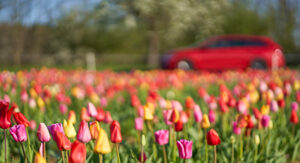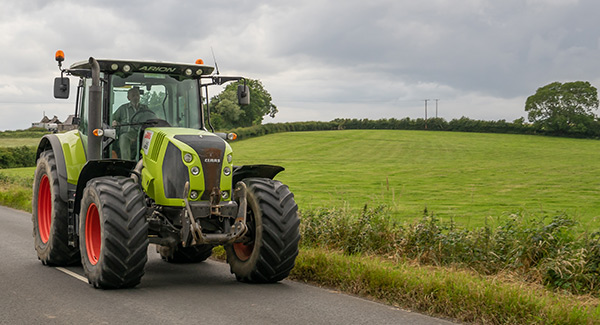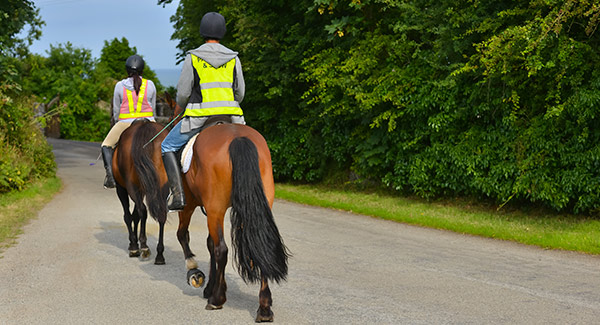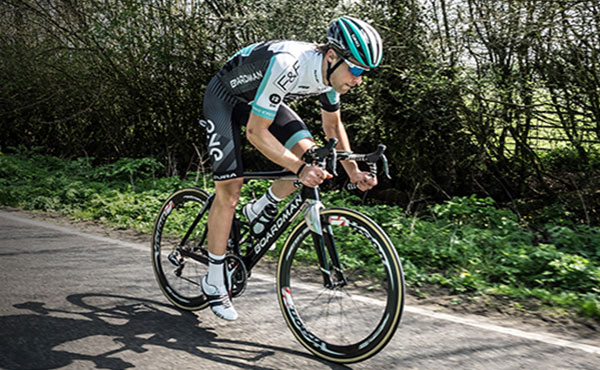- Editorial Team
There is no better way to experience beautiful scenery than by taking a drive through the gorgeous countryside. But many drivers are unaware of the potential risks of rural roads. According to the Department for Transport, more than half of fatal accidents in Britain occur on country roads.
While they may seem quiet and safe, country roads are unpredictable, with narrow roads, tractors, vulnerable road users, and tight bends, making for potentially difficult driving conditions.
Here’s what to expect and how you can drive safely on country roads.
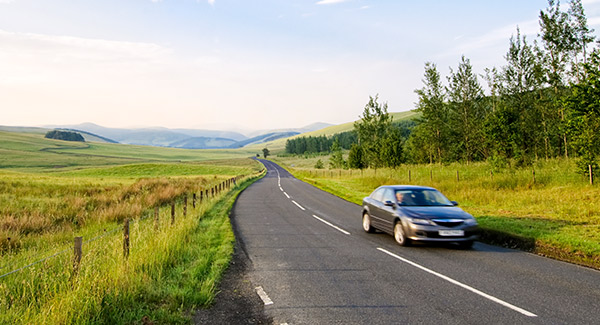
Be prepared
Make sure you are suitably prepared before you set off on your journey. Planning your route in advance could be the difference between reaching your destination on time, or driving around in circles, stressed out, in areas with limited phone coverage.
Speed limit on country roads
Most rural roads have a speed limit of 60 mph, a speed which is often unsafe to travel at. Many motorists tend to drive faster on country roads because the roads are often quieter and feel safer. But country roads are dangerous and unpredictable with narrow roads, sharp bends, brows, and vulnerable road users.
Remember, speed limits are limits, not targets. You can drive up to the speed limit if the conditions allow you to do so safely.
On country roads, hedges and overgrown trees can interfere with your line of vision, so adjust your speed according to the surrounding conditions.
Negotiating bends
Rural roads are often narrow with tight bends, which makes seeing what’s up ahead challenging.
You should always reduce your speed when approaching a tight bend to give yourself time to react and maintain control of the vehicle.
Pay attention to any road signs as these will give warnings or information about how sharp the bends are.
You will also need to factor in the weather and road conditions and how much you can see of the road ahead.
Road conditions
Country roads are often in poor condition and are not well maintained. Potholes, cracks, and uneven surfaces are just some conditions motorists face when driving on rural roads.
Be observant and drive slowly to give yourself time to react to potholes or cracks in the road. Hold the steering wheel correctly to keep control of the vehicle. If you must drive over a pothole, allow the wheel to roll freely into the hole.
Road surfaces can also be slippery, especially from wet leaves and around farms where mud is often left on the roads by farm vehicles.
Lots of country roads are not wide enough for two vehicles to pass, so only overtake if it is necessary and safe to do so.
Tractors and farm vehicles
Be mindful of slow-moving vehicles such as tractors and agricultural equipment on country roads. Country roads are heavily used by agricultural traffic, so be wary of vehicles pulling out from fields or farm entrances.
If you’re stuck behind a slow-moving vehicle, keep a safe distance to give yourself the best view of the road ahead, and allow the driver of the vehicle in front to see you through their mirrors.
Only overtake if it is necessary, safe, and legal to do so. Tractors tend only to cover short distances, so it’s often worth holding back and waiting for them to turn off or pull over.
Ensure there is sufficient room to complete your overtaking manoeuvre. Keep in mind it takes longer to overtake a large vehicle. Be wary if the vehicle has a trailer or other equipment attached. There’s a risk the load may swing from side to side.
Finally, large vehicles may need extra room, so the driver may swing out when they turn or cut corners.
Livestock
Farmers often need to use rural roads to move livestock between fields. If the road is blocked by livestock, it’s best to stop your car, turn off your engine, and wait patiently for the road to clear.
Wildlife
Besides livestock, you will also need to be alert to wildlife, such as deer, rabbits, and pheasants which are often drawn to the roadside. Wildlife may be more prevalent during the night and harder to spot.
Animals can be unpredictable, so expect the unexpected. If you see an animal on the road, slow down to a safe speed and be prepared to stop. In some areas, you may notice warning signs alerting you to the presence of certain animals. When you see these signs, be alert and drive slowly. Never swerve, as you could potentially lose control of the vehicle.
Pedestrians, cyclists, and horse riders
Be aware of pedestrians, cyclists, and horse riders using country roads. They may be difficult to spot if they wear dark clothing or are out and about at night.
If you come across a horse rider, slow down and be prepared to stop if necessary. Like all animals, horses can be unpredictable and may easily get frightened. Avoid any actions that is likely to spook them, such as revving your engine or sounding your horn.
Be patient, and when it is safe to do so, pass the horse slowly, giving them plenty of space. Accelerate gently once you have passed the horse.
On rural roads, if there is no footpath, there is a risk of pedestrians walking along the road, making them vulnerable to oncoming traffic. You should drive sensibly with the safety of pedestrians in mind.
Over recent years, there has been a sharp increase in cyclists using rural roads. Cyclists are vulnerable on rural roads partly due to the lack of cycle lanes and segregated routes. Cyclists will have different levels of confidence and experience, making it difficult to anticipate their actions.
Always drive carefully around cyclists and give them plenty of space. If you’re not sure of their intentions, hold back. Cyclists often ride in groups, which can make them easier to spot. But be mindful of driving at night, as some cyclists may ride without lights.
Road signs on rural roads
When driving on country roads, you will come across various road signs that give warnings or information about what to expect. Here’s a look at some of the more common road signs.
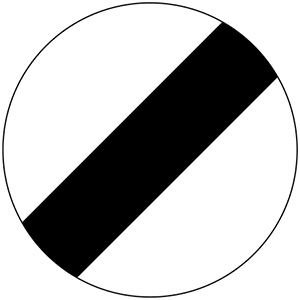
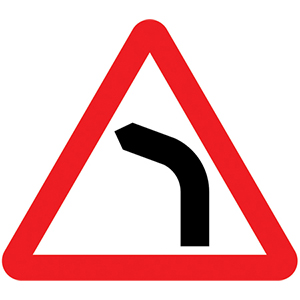
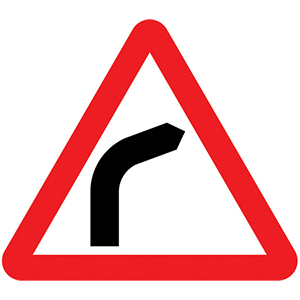
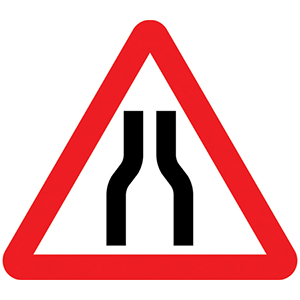
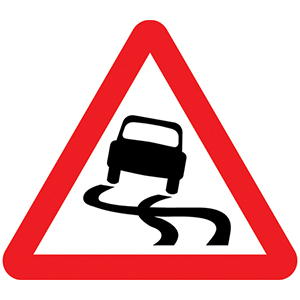
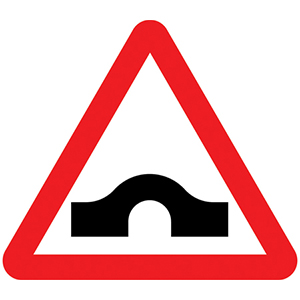
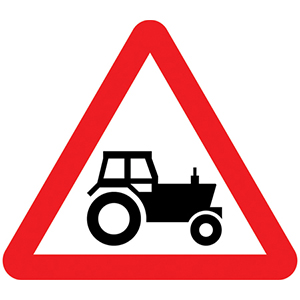
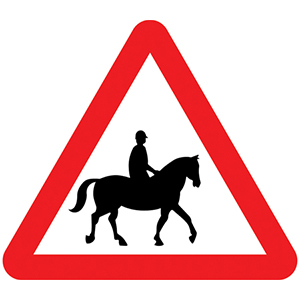
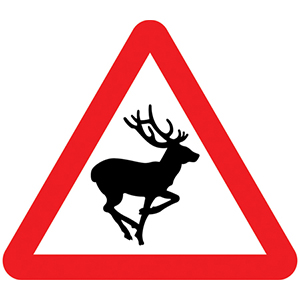
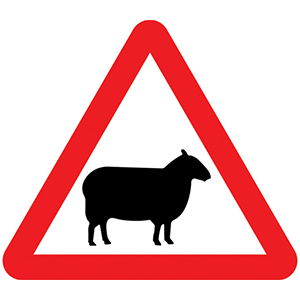
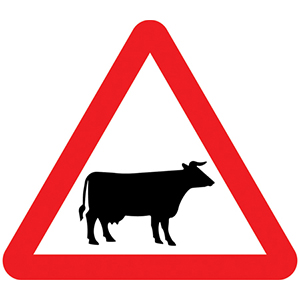
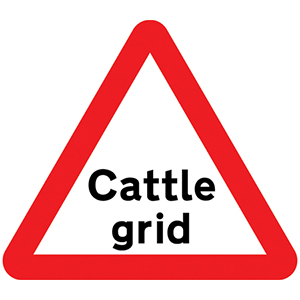
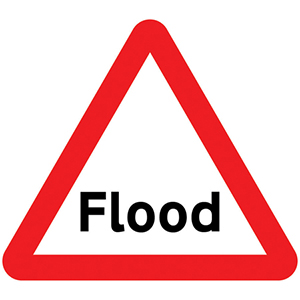
Night-time driving
Driving at night can provide additional challenges. Vision is reduced, and there is unlikely to be any street lighting.
If you need to use your full beam to see the road ahead, remember to switch back to your dipped headlights when faced with oncoming traffic to avoid dazzling other motorists.
Final thoughts
When driving on country roads, you should always be prepared for the unexpected. Rural roads pose significant challenges to motorists, especially young drivers with limited experience, so always drive sensibly and responsibly.
Share this article
Table of Contents
More posts

Understanding Road Crossings, Puffin, Pelican & Zebra | A Choice

A Guide On How To Tax A Car | A Choice
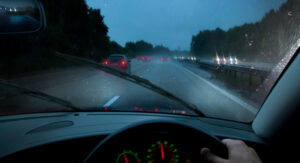
Do Black Boxes Have Nighttime Driving Restrictions?
